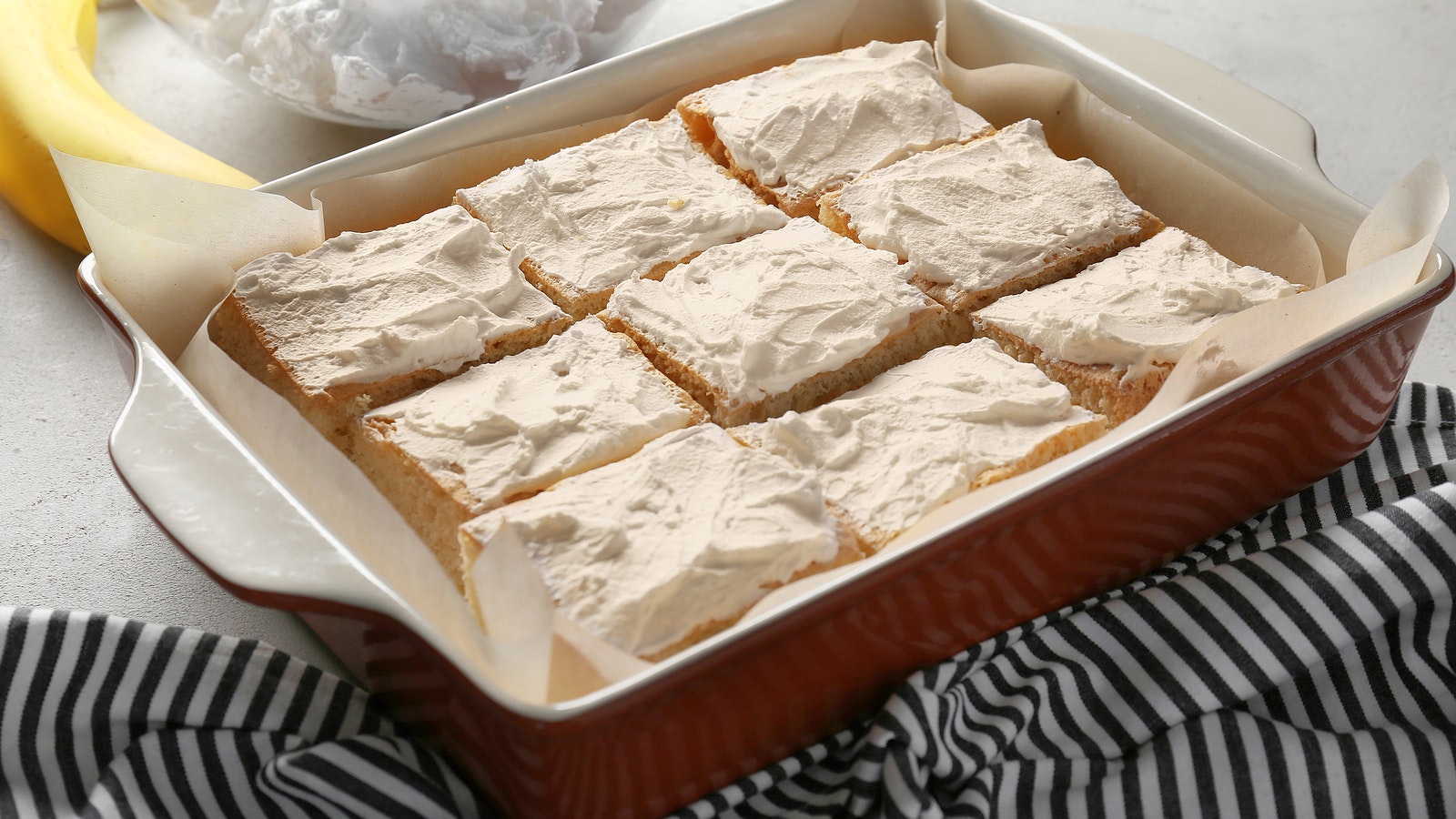They say, ‘We had almost no idea what we were doing, but we had a vague notion that we wanted to live in the countryside and start a business that involved cooking and growing food. A lot happened in the six months after we left London. We started a supper club and catering company; our first catering job was cooking all the meals for fifty bluegrass musicians for three days in the dungeon-like basement of a private boarding school. It was a baptism of fire! Jo started an organic vegetable growing course and volunteered with a local organic market gardener. We hosted half a dozen supper clubs and found an audience for our events. We bought a farmhouse and smallholding in the drumlins (hump-backed hills) of County Down, moved in and promptly turned over the whole lawn to a huge kitchen garden.’
Seven years later, that wisp of idea has blossomed beautifully. From their seven-acre smallholding, they host ‘fork-to-fork’ supper clubs and run a cooking and growing school: The Edible Flower. ‘Our business connects us and our clients to the earth (the worms, the planet and the seasons) and we aim to consistently produce delicious, inspiring, surprising and beautiful food,’ they explain. ‘We called ourselves The Edible Flower because for us, growing, cooking with and eating edible flowers summed up the ethos of our business.’

Now, all of us can share in the lessons they have learned and the connection to the earth that they have fostered thanks to their new beautiful cookery and gardening book, The Edible Flower: A Modern Guide to Growing, Cooking and Eating Edible Flowers (Laurence King, £25). A comprehensive, not to mention exquisite, guide to the flowers we can – but all too often do not – incorporate into our diets, there are over 50 surprising and thoroughly delightful recipes to try – whether you grow or forage for the ingredients.

Here Jo and Erin share three delightful dishes from the book, which is out now. We can practically taste the languorous and long summer lunches that lie in wait just around the corner. And now we know exactly what to rustle up for them too.
Primrose, Pea & Ricotta Tart

This tart is a celebration of the lovely late spring produce: peas, new-season greens, spring onions (scallions), mint, sorrel and delicate primroses. If you don’t grow primroses, or if yours have finished by the time the peas are ready, replace them with violas for an equally gorgeous result.
Makes one 26 cm (10 in) tart.
For the pastry:
100g (3 1/2 oz) wholemeal flour
100 g (3 1/2 oz) plain (all-purpose) flour
120 g (4 1/4 oz) cold butter, cubed
1 egg, separated
1 tbsp very cold water
For the filling:
200 g (7 oz) ricotta 1 tbsp olive oil
150 g (5 1/2 oz) spring onions (scallions), finely chopped
100 g (3 1/2 oz) fresh or frozen peas
100 g (3 1/2 oz) roughly chopped de-stalked greens (such as spinach, chard, beetroot/beet leaves and a few primrose leaves), thoroughly washed
3 large eggs
150 ml (5 fl. oz) double (heavy) cream
25 g (1 oz) chives, finely chopped
25 g (1 oz) mint leaves, finely chopped
15 g (1/2 oz) sorrel, finely chopped (optional)
75 g (2 3/4 oz) Cheddar, grated
Salt and freshly ground black pepper
25–30 primrose flowers, sepals removed, and 15 viola flowers, to decorate
Method
1) First make the pastry. Combine the flours and a pinch of salt in a large bowl, and rub in the butter until the mixture resembles breadcrumbs. Add the egg yolk and water and bring the dough together with a butter knife. You can also do this in a food processor; add the butter on top of the flour and pulse a couple of times until the mixture resembles breadcrumbs, then add the egg yolk and water and pulse again until the pastry clumps. Reserve the egg white for use later in the recipe.
2) Knead the dough for a couple of seconds, just until it comes together with no floury patches. Wrap it in cling film (plastic wrap) and refrigerate for 30 minutes.
3) Preheat the oven to 190°C/375oF/Gas 5. Put the ricotta in a fine sieve (strainer) over a bowl to allow excess water to drip out.
4) Heat the olive oil in a frying pan (skillet) over a medium heat and cook the spring onions until soft. Increase the heat and cook for another minute or two to evaporate as much water as possible from the onions. If you are using frozen peas, add them to the pan towards the end of this time, to defrost them.
5) Put water in a small pan about 3 cm (1 in) deep and add the greens. Bring to the boil and cook for 3 minutes, then strain, wrap in a clean dish towel and squeeze out as much water as possible.
6) Put the eggs and cream in a large bowl, add the greens, season with 1/2 tsp salt and lots of pepper, and blitz using a hand-held blender.
Alternatively, put everything in a regular blender. Stir in the chives, mint and sorrel.Taste and add more salt or pepper if necessary.
7) Roll out the pastry on a lightly floured surface to a thickness of about 3 mm (1/8 in), into a circle large enough to line a 26 cm (10 in) loose-bottomed tart tin (pan) (3–4 cm/1 1/2 in deep). Line the tin, being careful not to stretch the pastry. Don’t trim the edges at this stage, unless there is a lot of overhang. Put a large circle of baking parchment on top of the pastry and fill with baking beans (pie weights) or uncooked rice. Bake for 20 minutes, then remove the beans or rice and bake for another 10 minutes. Finally, beat the egg white with a pinch of salt, brush it on to the inside of the pastry case and bake for another 5 minutes. Leave to cool a little, then trim the edges with a sharp knife.
8) Turn the oven down to 150°C/300oF/Gas 2. Spoon the spring onions, peas, drained ricotta and grated cheddar into the pastry case and pour over the green filling. Decorate the top with primroses and/or violas; I like concentric circles, but be creative. Bake for 35–40 minutes, or until the filling is mostly set but with a slight wobble in the middle. Leave to cool in the tin for half an hour. Serve slightly warm or at room temperature.
Honey-Glazed Halloumi Panzanella With Thyme

Tomatoes, halloumi, good bread – what’s not to like? The honey-and-thyme-glazed halloumi is very special, and the purple-pink thyme flowers add beauty and flavour.
Serves 4 as an appetizer or as a main with other dishes
Ingredients
500 g (1 lb 2 oz) ripe tomatoes, cut into chunks if large, halved or quartered if small
1 large shallot or 1/4 small red onion, finely sliced
1 tbsp red wine vinegar
100 g (3 1/2 oz) ciabatta or sourdough bread (a couple of days old is best), cut or torn into 2 cm (1 in) chunks
4 tbsp olive oil
1 small garlic clove, crushed to a paste or finely grated
15 g (1/2 oz) basil or anise hyssop leaves, torn or finely shredded
1 tbsp honey
2 tsp lemon juice
Leaves from a couple of small sprigs of thyme
250 g (9 oz) halloumi, cubed
Sea salt and freshly ground black pepper
1 tbsp thyme flowers, to garnish
Method
1) Preheat the oven to 180°C/350oF/Gas 4. Put the tomatoes in a bowl, toss with a couple of generous pinches of sea salt and leave for 15 minutes to release their juices.
2) Put the shallot or red onion and vinegar in a small bowl to pickle lightly. This will make the onion taste a little milder.
3) Put the bread on a baking sheet, add 1 tbsp of the olive oil and a pinch of salt, stir to combine and cook in the oven for 10 minutes, until just turning golden.
4) Add the warm bread to the bowl with the tomatoes. Add 2 tbsp of the olive oil, the shallot/onion and vinegar mixture, the garlic and the basil or anise hyssop. Mix gently, then set aside.
5) Mix the honey, lemon juice and thyme leaves in a small bowl. Heat a large non-stick frying pan (skillet) over a medium heat, add the remaining 1 tbsp olive oil and fry the halloumi for a minute on each side, until golden brown. Add the honey and lemon mixture; it should bubble up and reduce. Turn the halloumi in the honey mixture until coated.
6) Put the tomato and bread salad in a bowl, arrange the halloumi on top and sprinkle with the thyme flowers. Serve immediately, while the halloumi is still hot and crispy.
Ricotta Doughnuts With Lilac & Lemon

This is an adaptable recipe and can be made with all sorts of floral sugar – try it with lavender or sweet geranium sugar. I like to think of it as a special brunch dish, rather than a dessert, because you really have to eat the doughnuts immediately and I don’t want to start deep-frying late in the evening after hosting a dinner party. If you have already made the sugar, this is quick to make, hardly more complicated than making pancakes. You can make it even more special by adding lemon curd for dipping.
Makes about 20 small doughnuts
Ingredients
100 g (3 1/2 oz) plain (all-purpose) flour
1 tsp baking powder
5 tbsp Lilac sugar
250 g (9 oz) drained full-fat ricotta cheese
2 large eggs
Zest of 1 small lemon sunflower oil, for frying salt
Method
1) Stir together the flour, baking powder, 2 tbsp of the sugar and a pinch of salt in a mixing bowl until any clumps are broken up and all the ingredients are evenly distributed.
2) In a separate large bowl, beat the ricotta, eggs and lemon zest with a wooden spoon until combined. Add the dry ingredients and fold together until you have a smooth, thick batter.
3) Pour oil to a depth of at least 6 cm (2 1/2 in) into a wide, deep pan or deep-fryer and heat to 180°C/350oF. If you don’t have a cooking thermometer, you can check the oil is ready by putting the end of a wooden spoon or wooden chopstick into the oil. If bubbles form and slowly but steadily rise to the surface, the oil is hot enough. Use two teaspoons to carefully drop smooth, oval-shaped dollops of the batter into the hot oil. Fry in batches of about 8, for about 3 minutes, turning frequently with a slotted spoon, until golden and crispy.
4) Remove the cooked doughnuts from the oil with the slotted spoon, drain on paper towels, and roll to coat in the remaining lilac sugar while still warm. Put them in a low oven to keep warm while you fry the rest, if you like. Serve immediately.
By Nancy Alsop
April 2023





